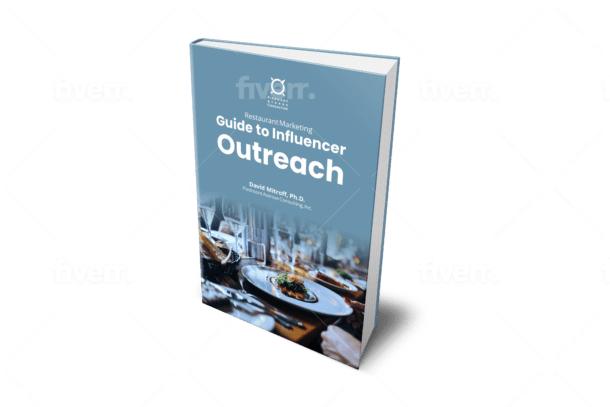Bad hiring decisions don’t just waste your time and effort, delays, loss of productivity, they also cost you money in measurable terms.
According to the US Department of Labor, the true cost of a wrong hire can add up to a whopping 30% of their first-year Cost To Company (CTC). Supervising and monitoring a less than competent new hire could take up to 17% of a manager’s time in a day, and this works out to wasting a full day in a week that could have been used more productively.
Re-hiring expenses get added on, with the cost of repeating the recruitment process, and training the replacement.
Poor hires can result in:
- Productivity, efficiency and performance issues
- Decreased profits and revenues
- Damage to company’s reputation
- Bad feedback and loss of clients
- Poor reviews on social media from dismissed employees
- Damage to morale, teams and teamworking
- Higher chances of litigation from disgruntled wrong hires
While big corporations and giant businesses can absorb these costs, small and medium businesses will certainly feel the impact on their bottom lines. Finding qualified staffing is both a challenge and an opportunity.
What Are “Poor” Hiring Decisions?
Great hiring and recruitment are not matters of luck or chance. They are carefully orchestrated processes that use the latest knowledge, technology and information available in the field of Human Resources.
While it’s impossible to get it right every single time, a highly-skilled, experienced and professionally targeted recruitment agency or your own in-house recruitment department can certainly spot red flags early on to weed out the bad apples.
Some of the warning signs could be candidates with dodgy CV’s, unaccounted-for career or education gaps, poor verbal and non-verbal communication skills, lack of punctuality and grooming, and candidates who haven’t bothered to update themselves on your company, the job and future prospects for growth.
If, for some reason, you haven’t spotted these aspects before hiring the candidate, it’s still not too late to discover the mistake and act on it.
Look out for:
- Poor response to training
- Poor fit with company’s culture
- Lack of social and emotional skills
- Inadequate learning curve and slow absorption of job-related knowledge
- Late coming and frequent days off
- Failure to take ownership of errors
- Disconnect between skills on resume and those actually possessed
- Negative attitude to the company and its systems
- Lack of respect for co-workers and management
- Consistent under-performance and dissatisfaction with work
- Inability to complete projects within given time-frame
- Complaints from customers/clients about this employee
The most effective way to deal with bad hires is to give them a frank and professional opinion, with facts and figures to back all your statements. If it’s possible, you could re-assign them to another role.
But, unless there are compelling and immediate reasons for bad performance, it’s wiser to terminate the employee as early as possible. However, ensure that you let them down gracefully, make the experience as comfortable as possible, with enough opportunities to help them achieve maximum learning at the end of it.
How and Where To Find Qualified Staff In the US
- Define: Before you begin the process, it’s crucial that you identify the need and skill-gap that has to be filled. A detailed job analysis exercise with the relevant team should be done. This helps you define duties, responsibilities, experience, education, skills, key result areas, chain of reporting, and designation. As a small business owner, you’ve probably done the job yourself, but remember that there are alternative routes to success.
- Recruitment Strategy: Check your in-house talent for a fit before you cast your net outside. It’s possible to discover talent within that can be restructured/re-engineered with a little tweaking. Decide whether you want to use your own recruitment department or employ an agency. Define the time frame and balance the costs.
- Where To Look: When you look for outside talent, it’s wise to focus on local first before advertising nationally/internationally. Employ the right type of specialized recruitment agency for staffing, temps, C-suite or executive search. You can also use job-boards, head-hunters, employment websites, career search engines, social media such as LinkedIn, Facebook or Twitter. For higher echelons, personal referrals are the most valuable.
- Qualifications and Skills: Prepare a checklist of absolutely necessary skill-sets and qualifications. This is specially crucial when you’re hiring for technical positions. Soft skills and culture fit are equally vital. Give adequate weightage to personality traits such as tenacity, commitment to ethics, thinking out of the box, adaptability and swift learning ability. Leadership potential, strategic and personal value are other factors to keep in mind. The candidate should also demonstrate a commitment to growth, learning, training and be open to the changing demands of the job. Prioritize your skills and take a judgment call when your instincts tell you that this is the right or wrong person for the job. It’s relatively easy to train for skills, but almost impossible to change attitudes and personality.
- Create a CV Alert: It’s important to stay connected with the job market. With thousands of probable matches for your requirements coming up every day on job-sites, you could easily find the right candidate quite fast after reviewing the cover-letter, swiftly scan for qualifications and experience, and review their employment history before you take the process to the next level.
- Create A Buzz: Boost your visibility with a compelling job-description and provide comprehensive information about the compensation and perks. Campus-recruitment is a great option for entry-level jobs. Small and medium businesses can find talent in local events, conventions and career-fairs. Give your existing employees a bonus for referring/recruiting the right candidates. Keep your eyes and ears open when you deal with other businesses such as your local diner or supermarket. Your perfect hire could be looking for a suitable change. While you’re about it, give traditional, low-cost options some traction too. Help Wanted posters in places where you know that likely candidates hang out are a good way to net walk-in hires.
- Take Your Time: Review resumes carefully, verify qualifications and cross-check references and employment-history. Create a master-list of requirements and measure every candidate against this. Pre-screening interviews is a great idea especially if you’re using an agency. This helps to weed out the unsuitable hires at stage 1. Prepare a list of answers to most frequently asked questions such as salary, perks, job-prospects, location, responsibilities, reporting hierarchy so that you have them ready when you’re ready to interview.








